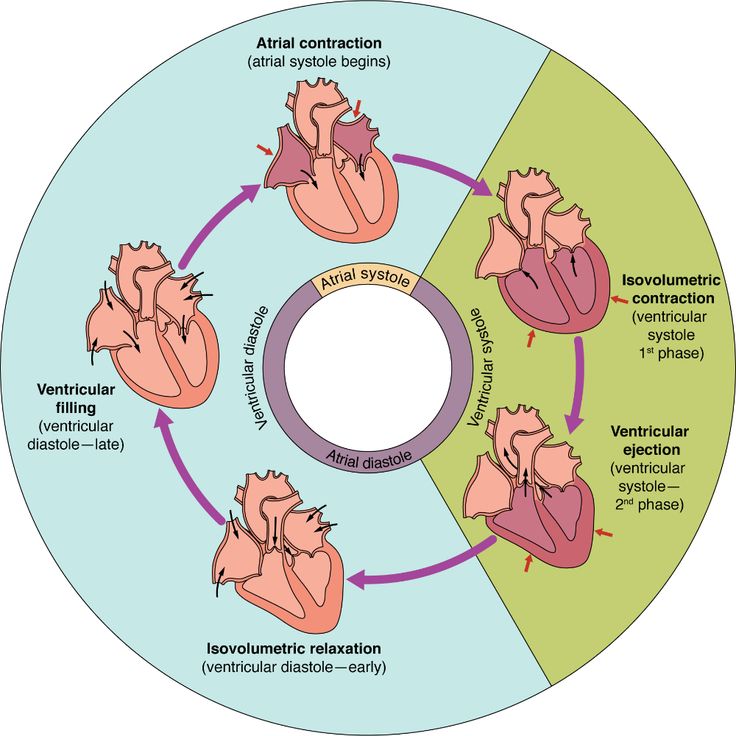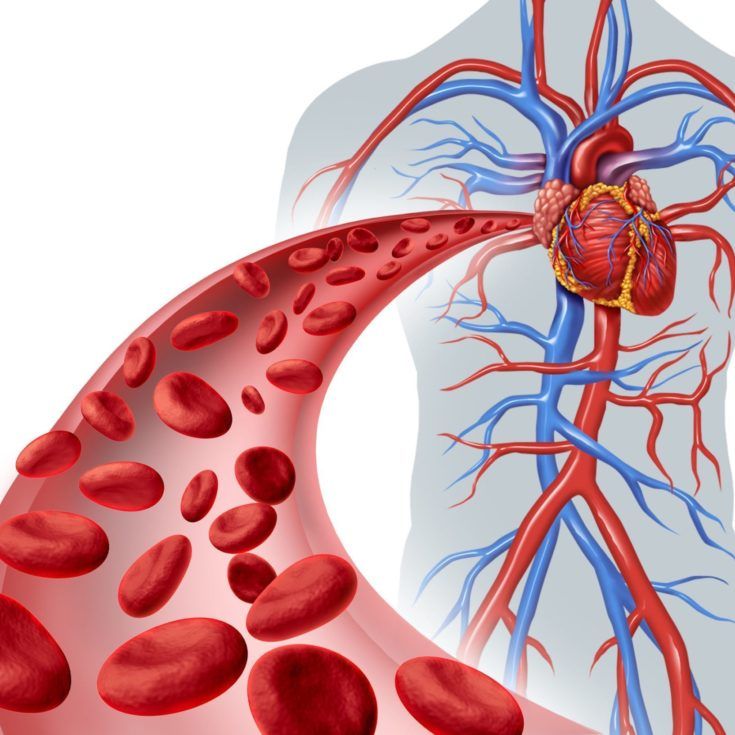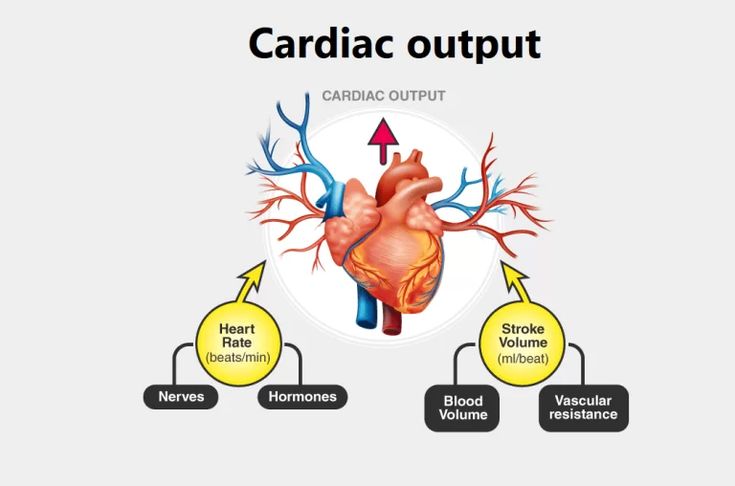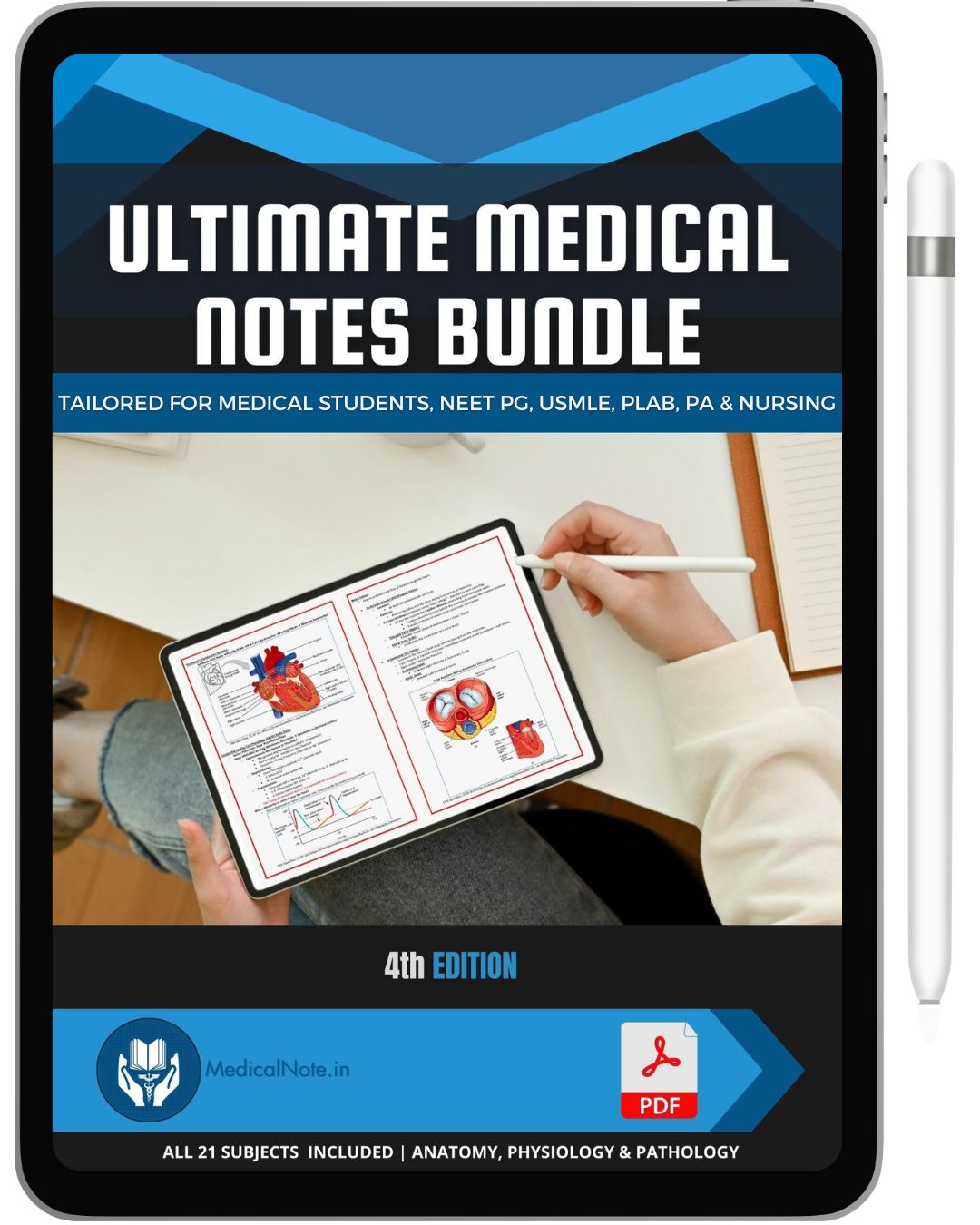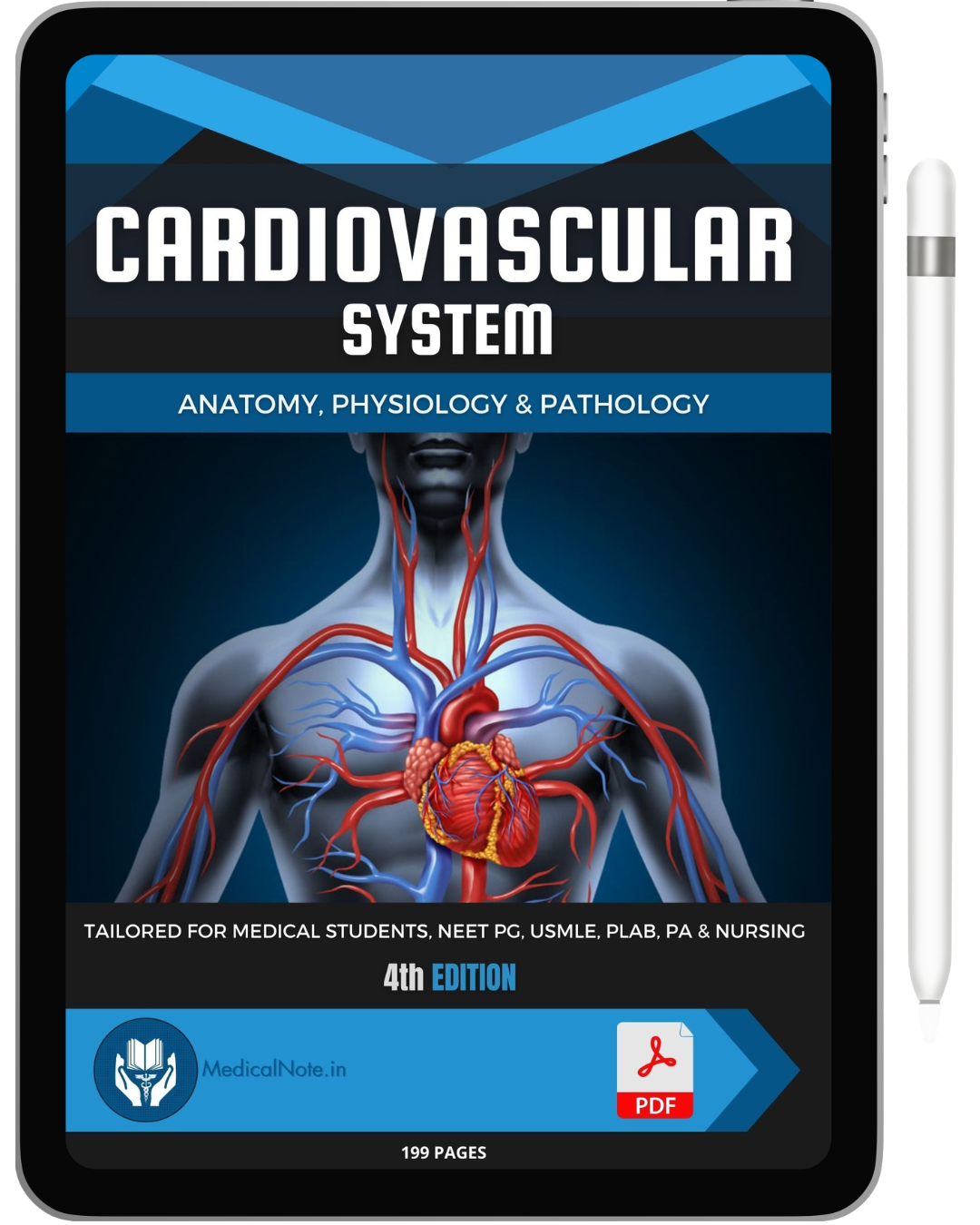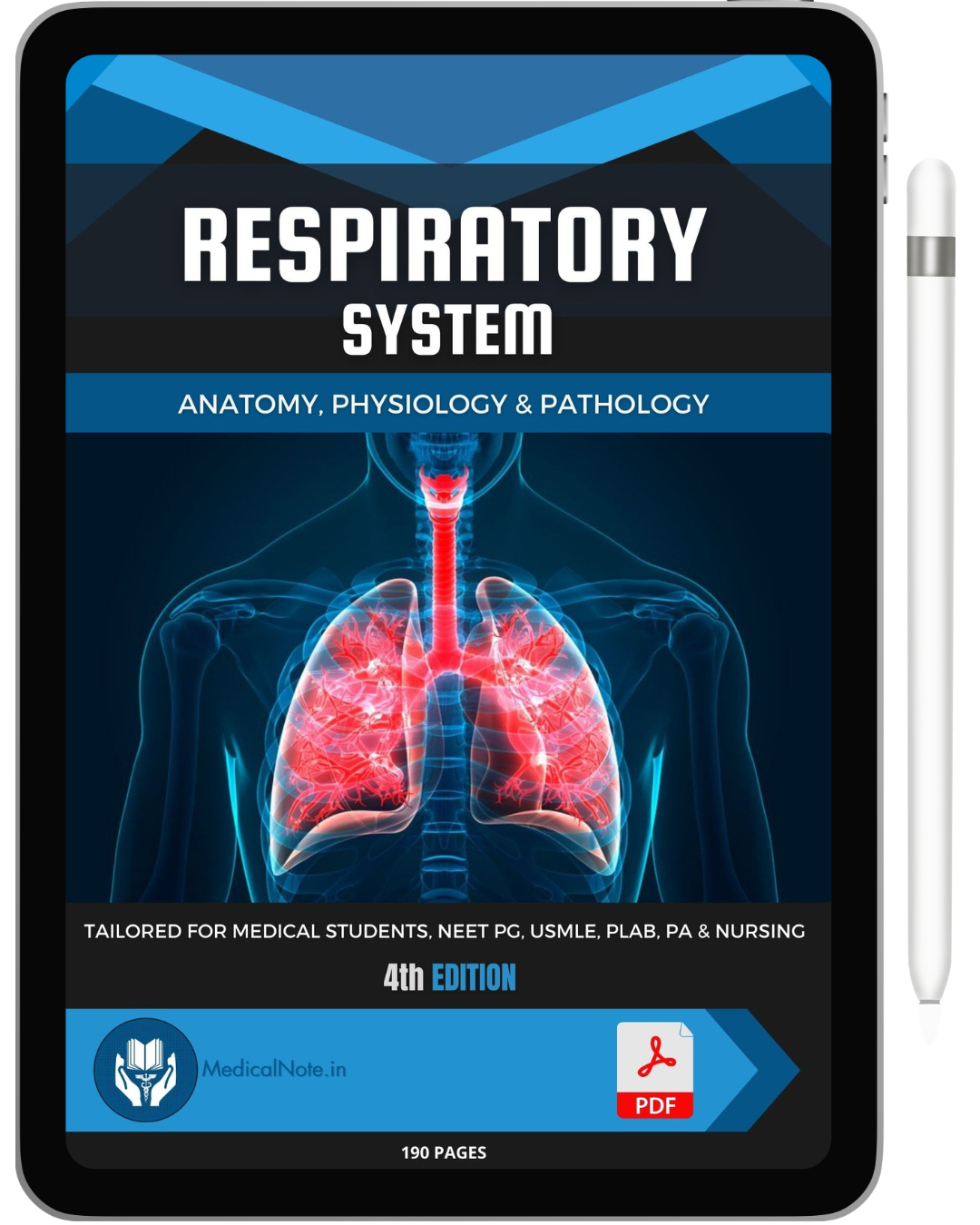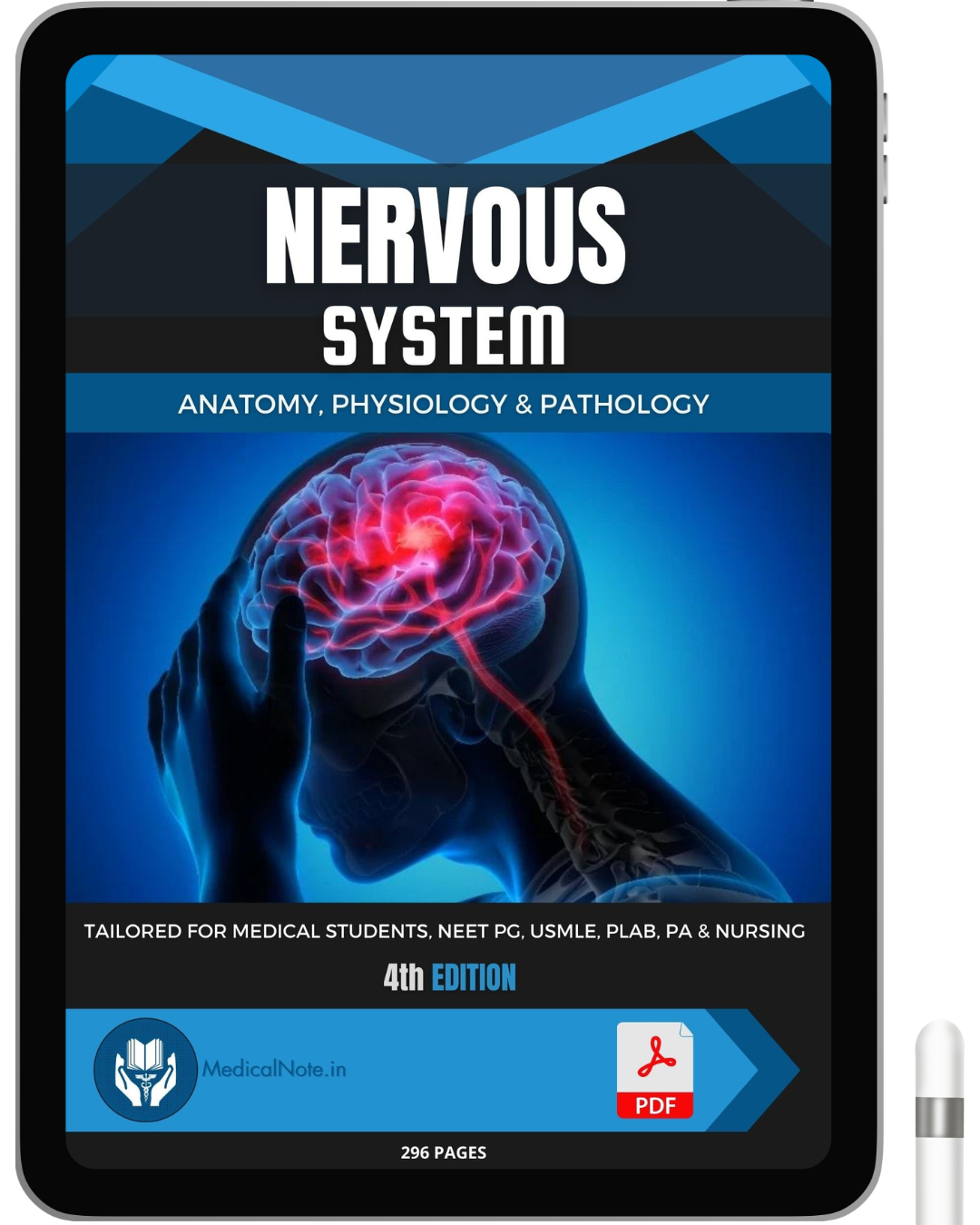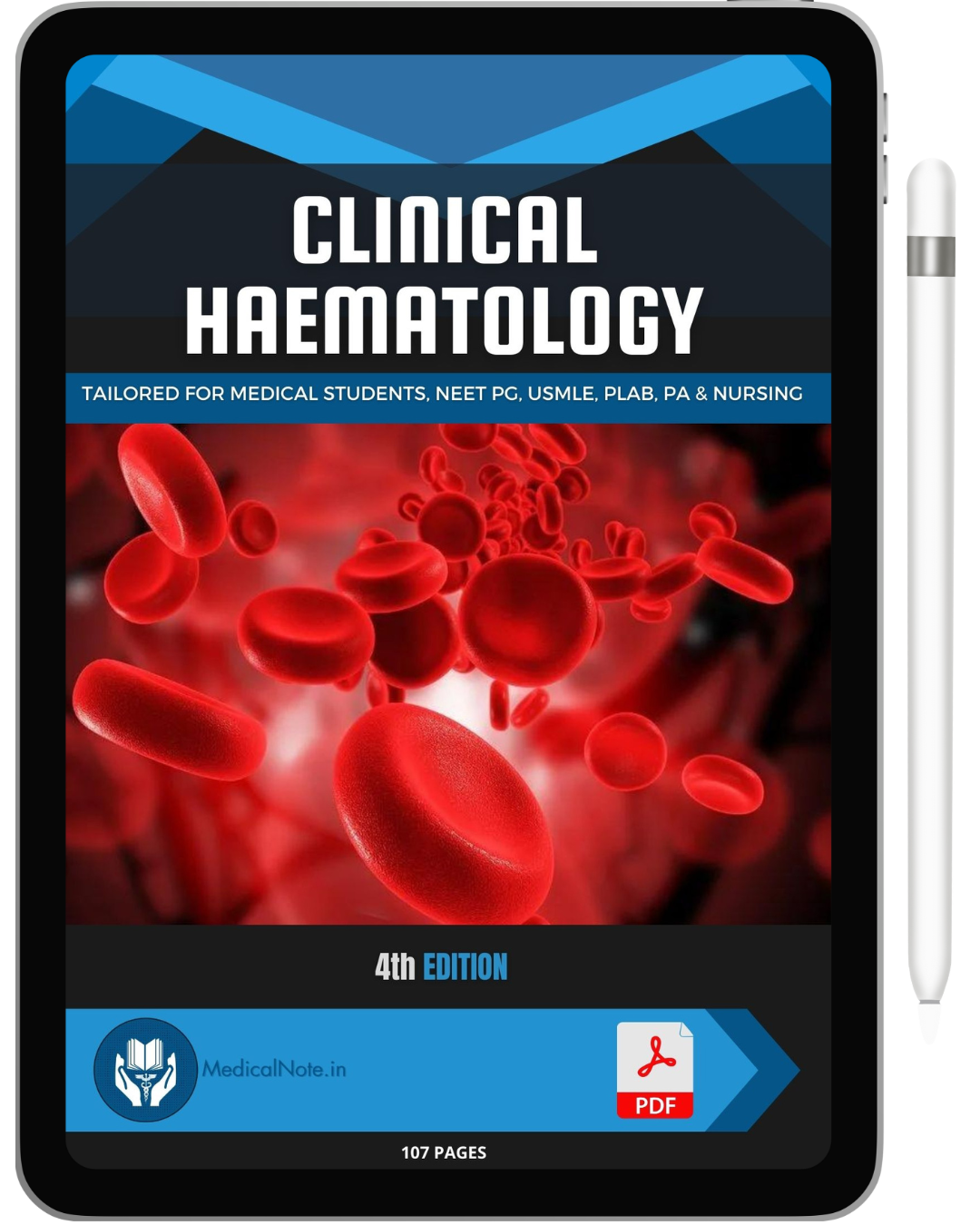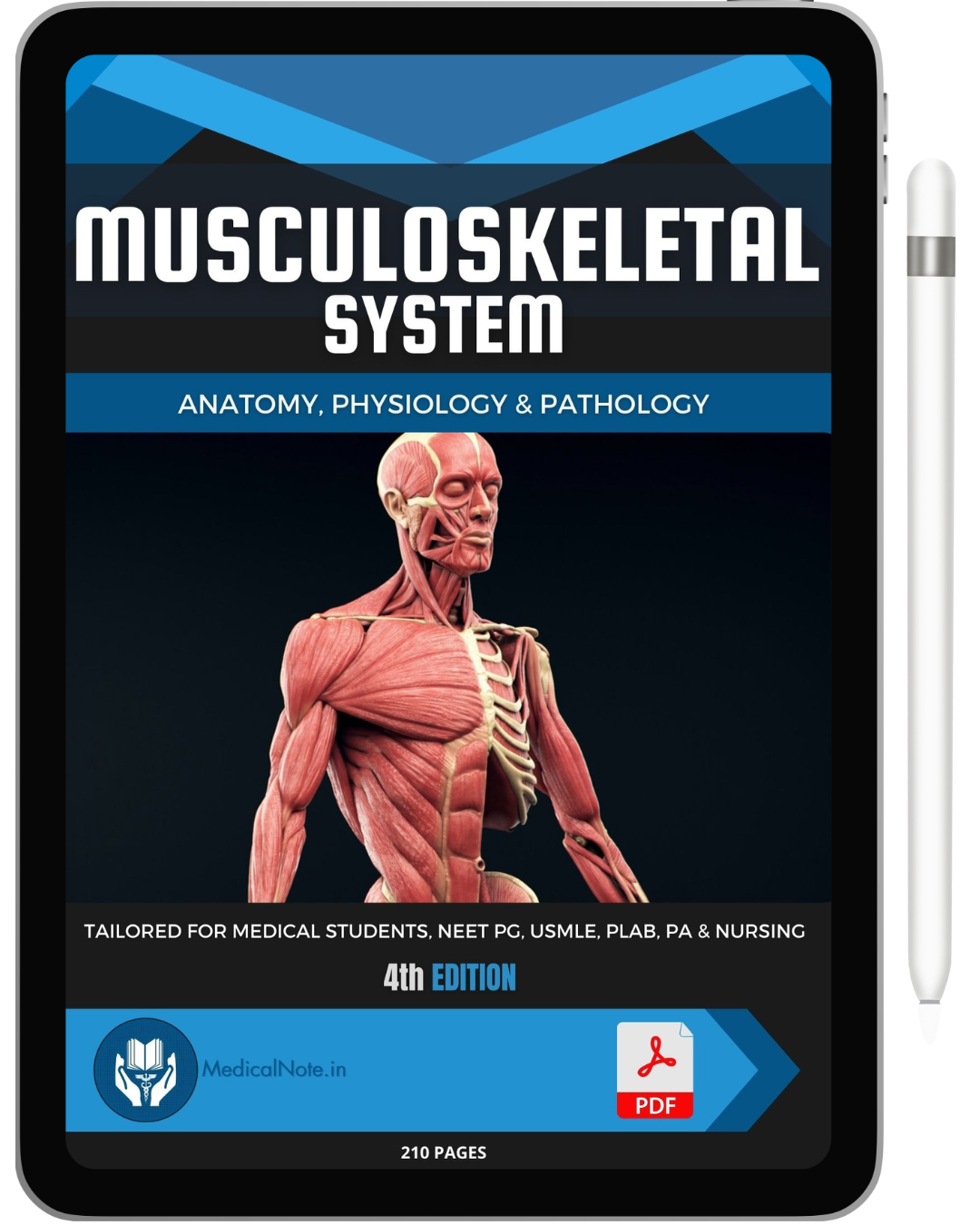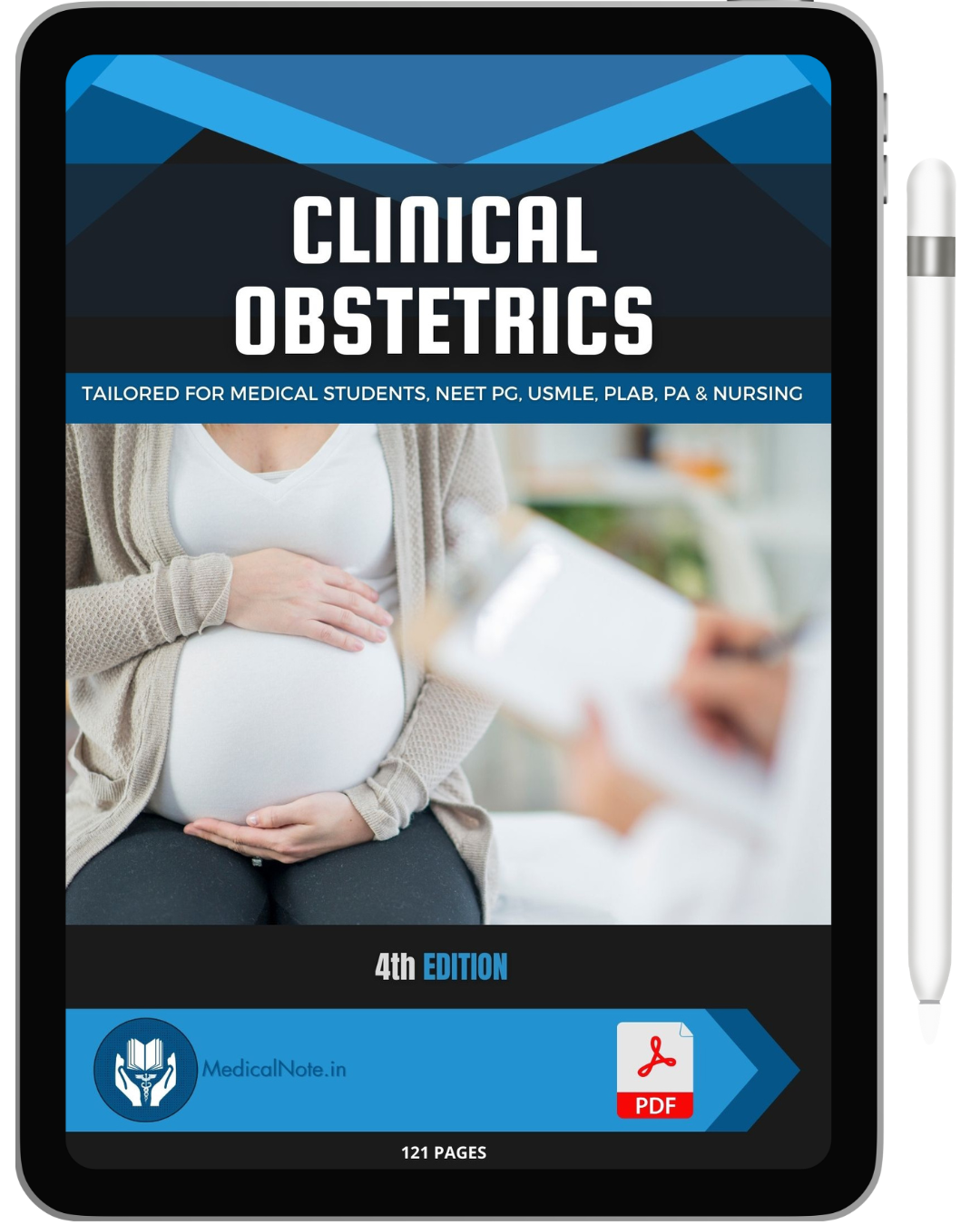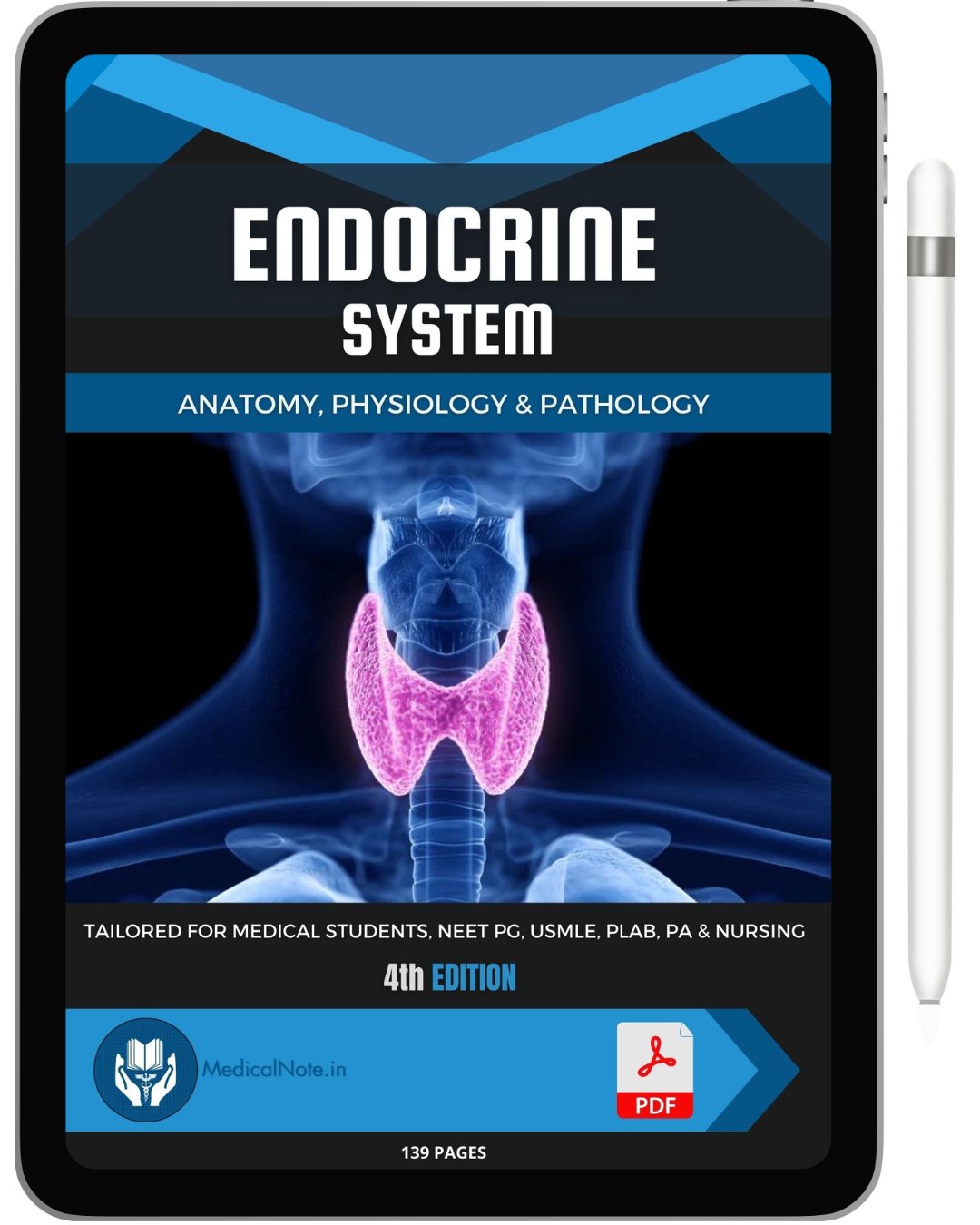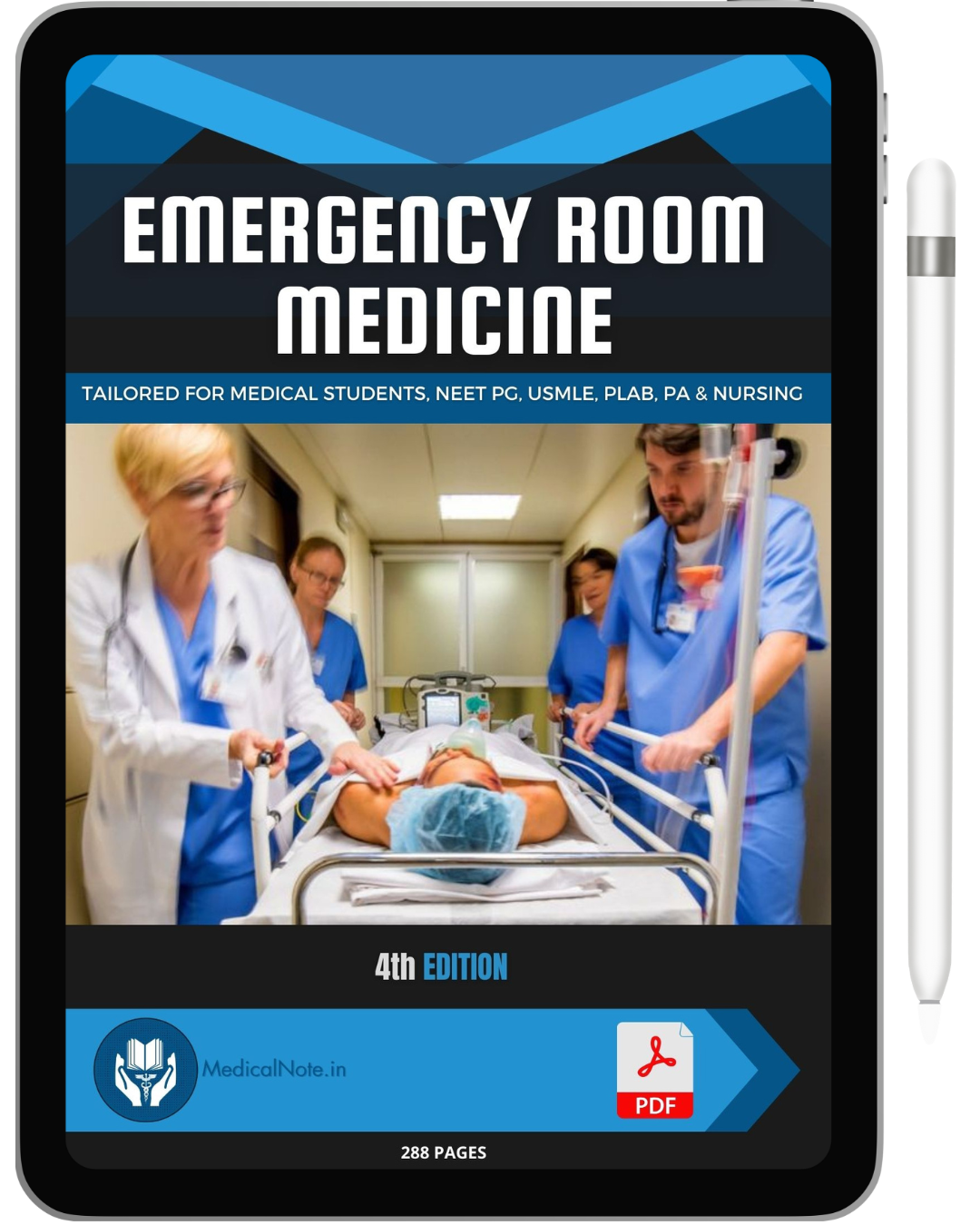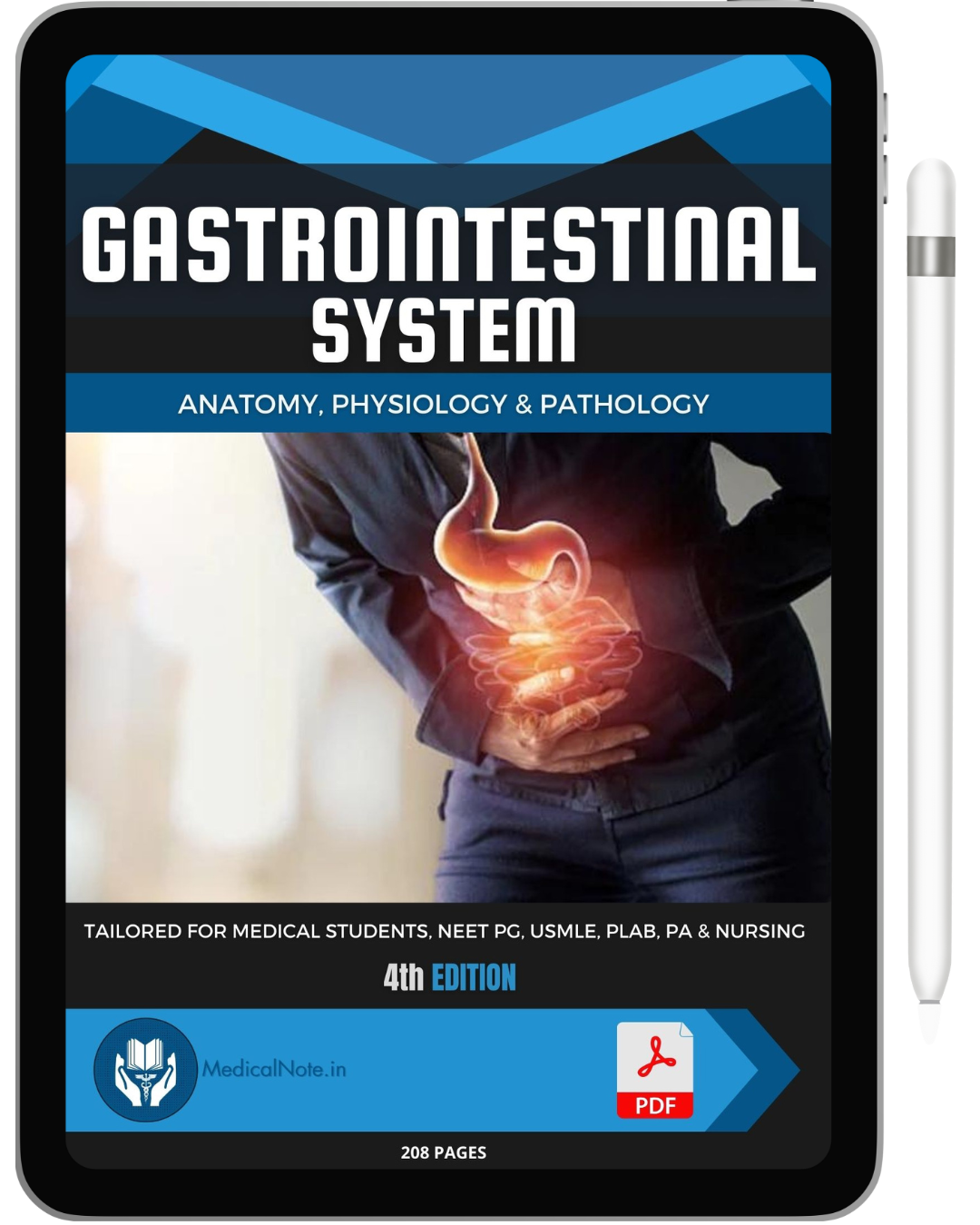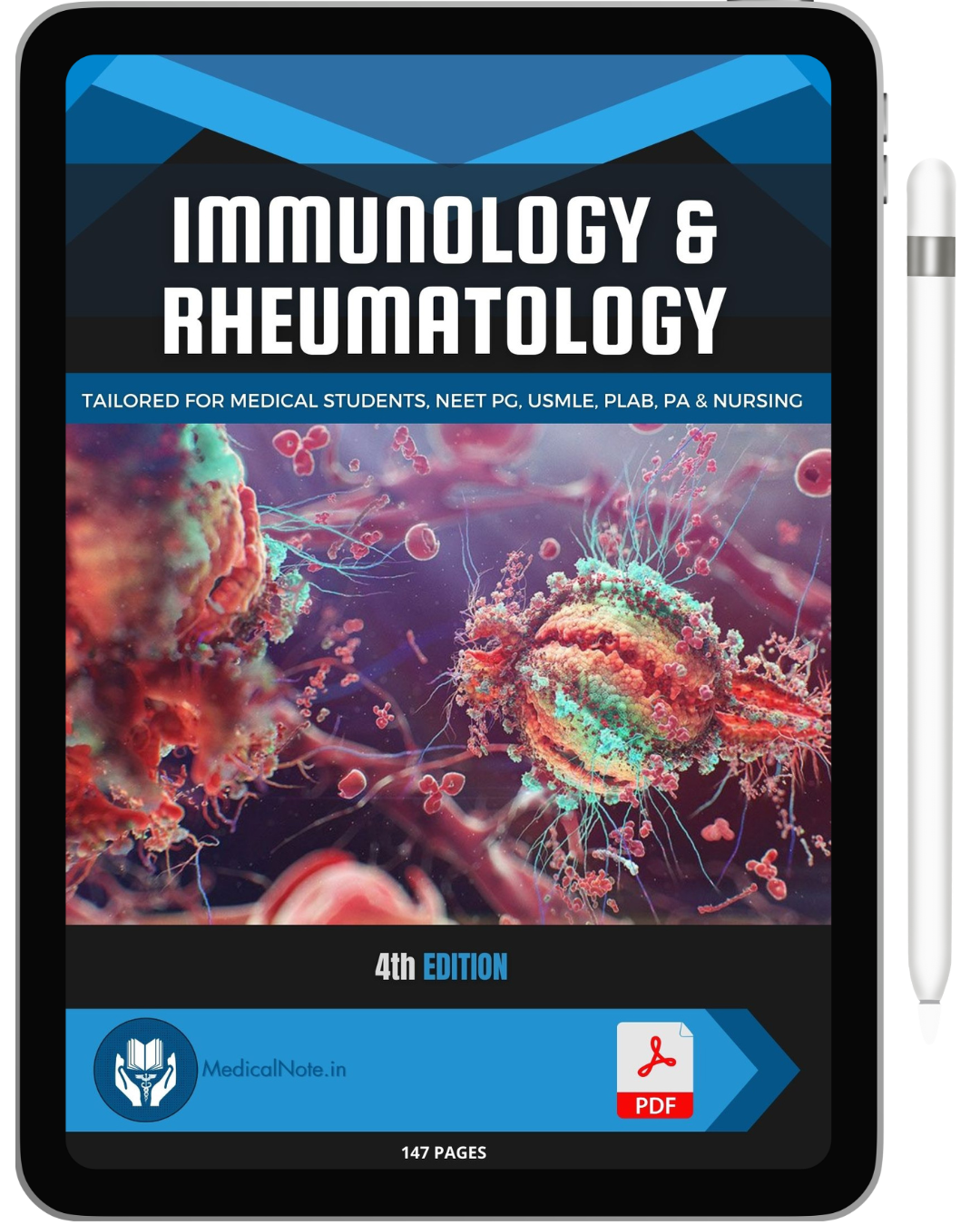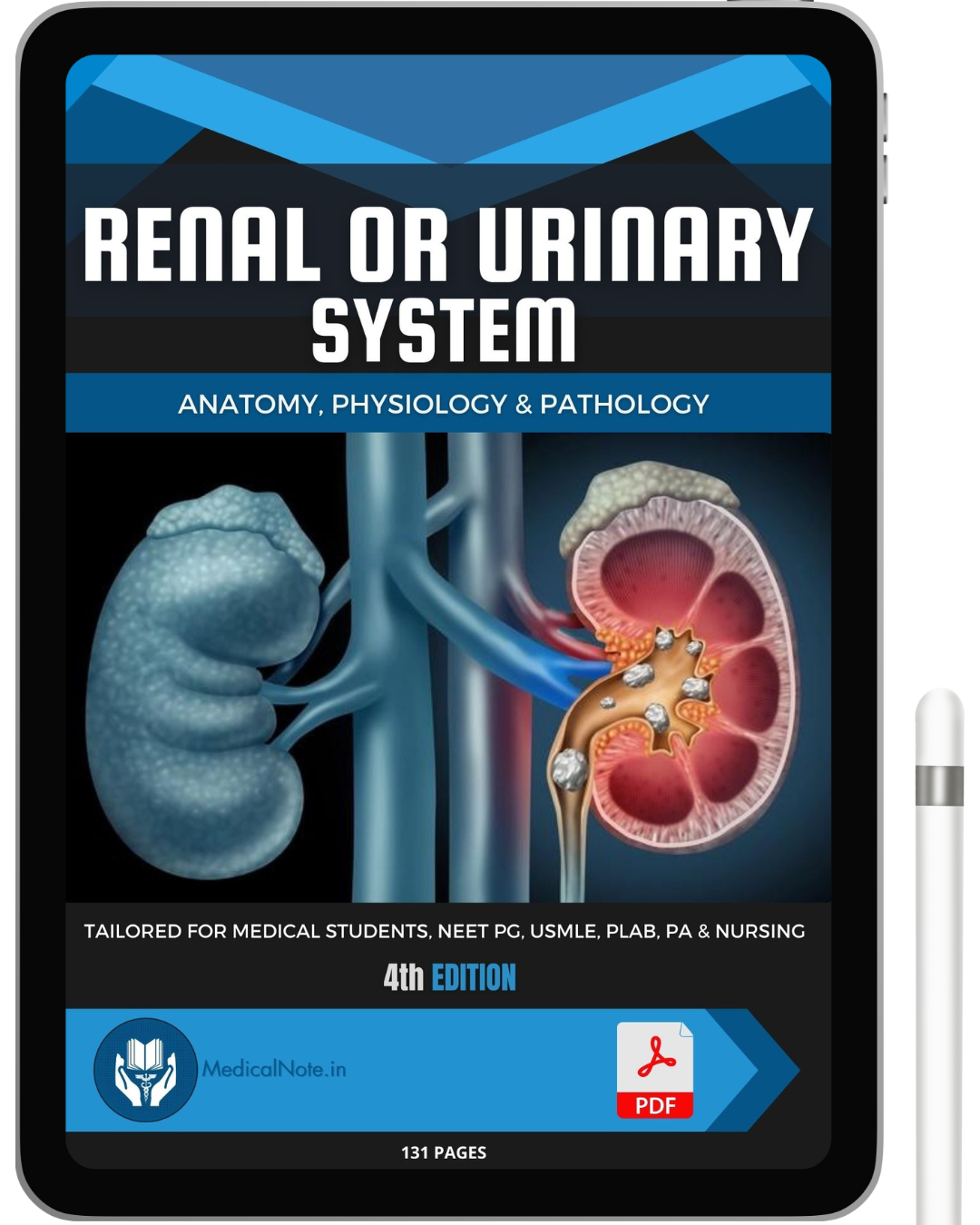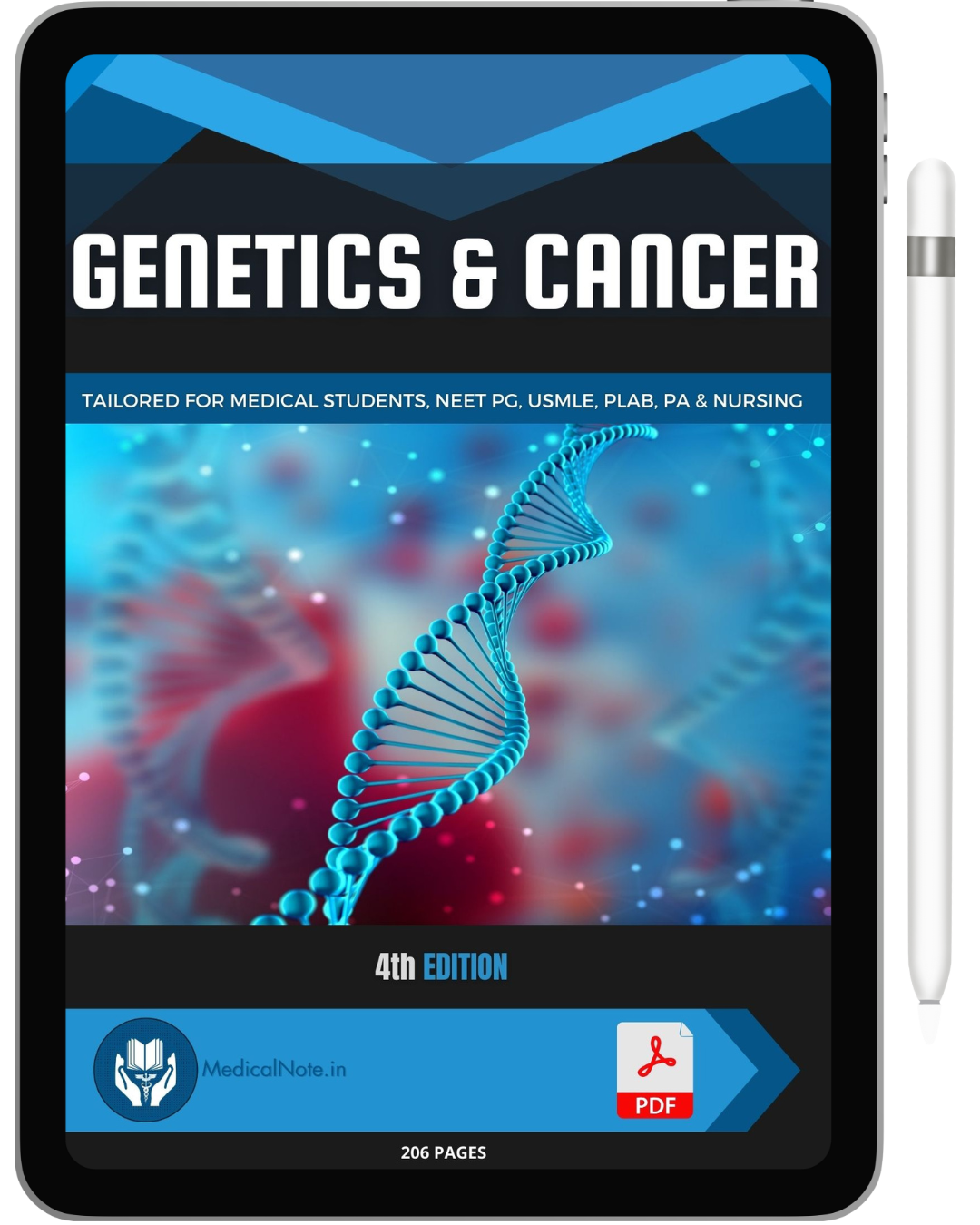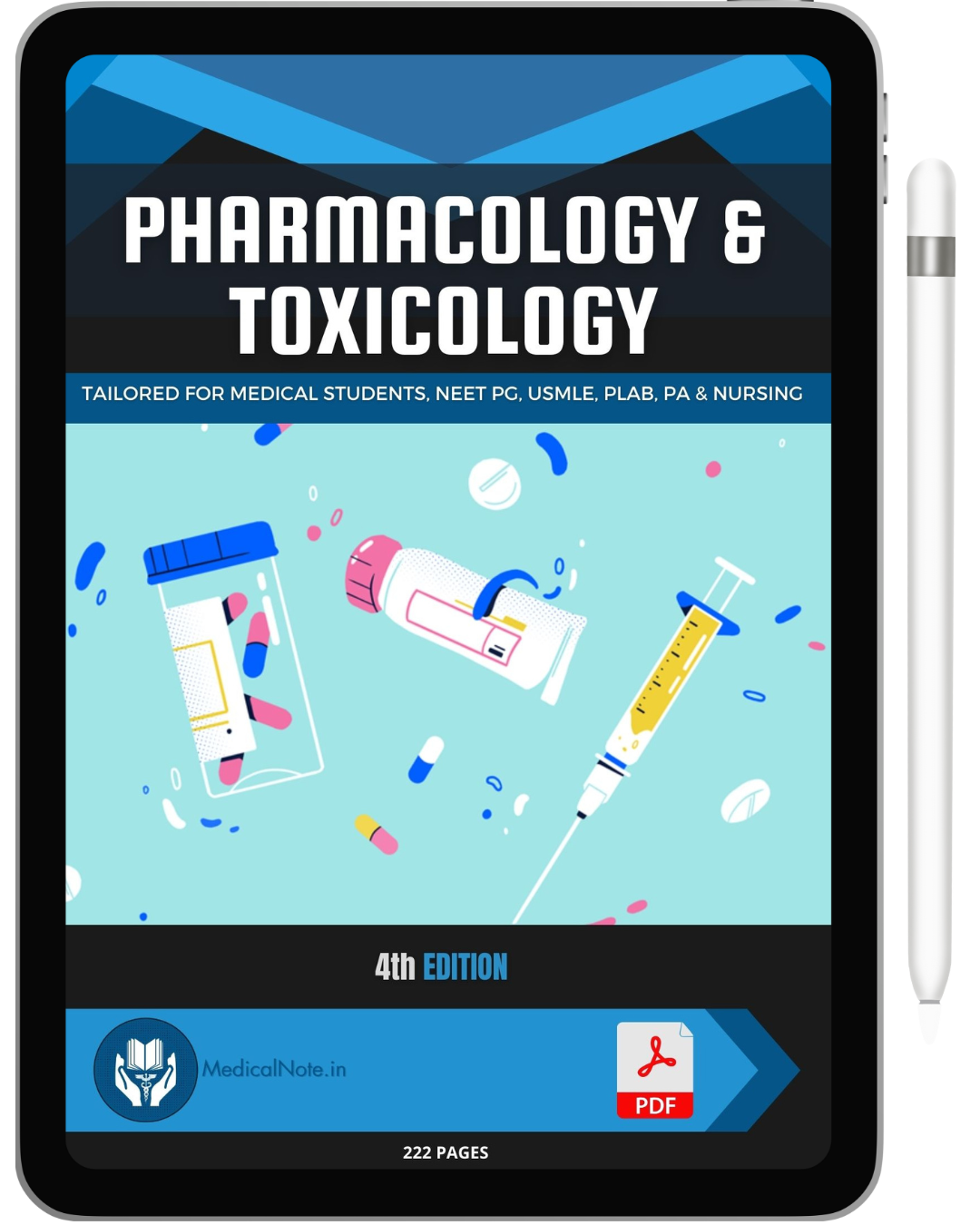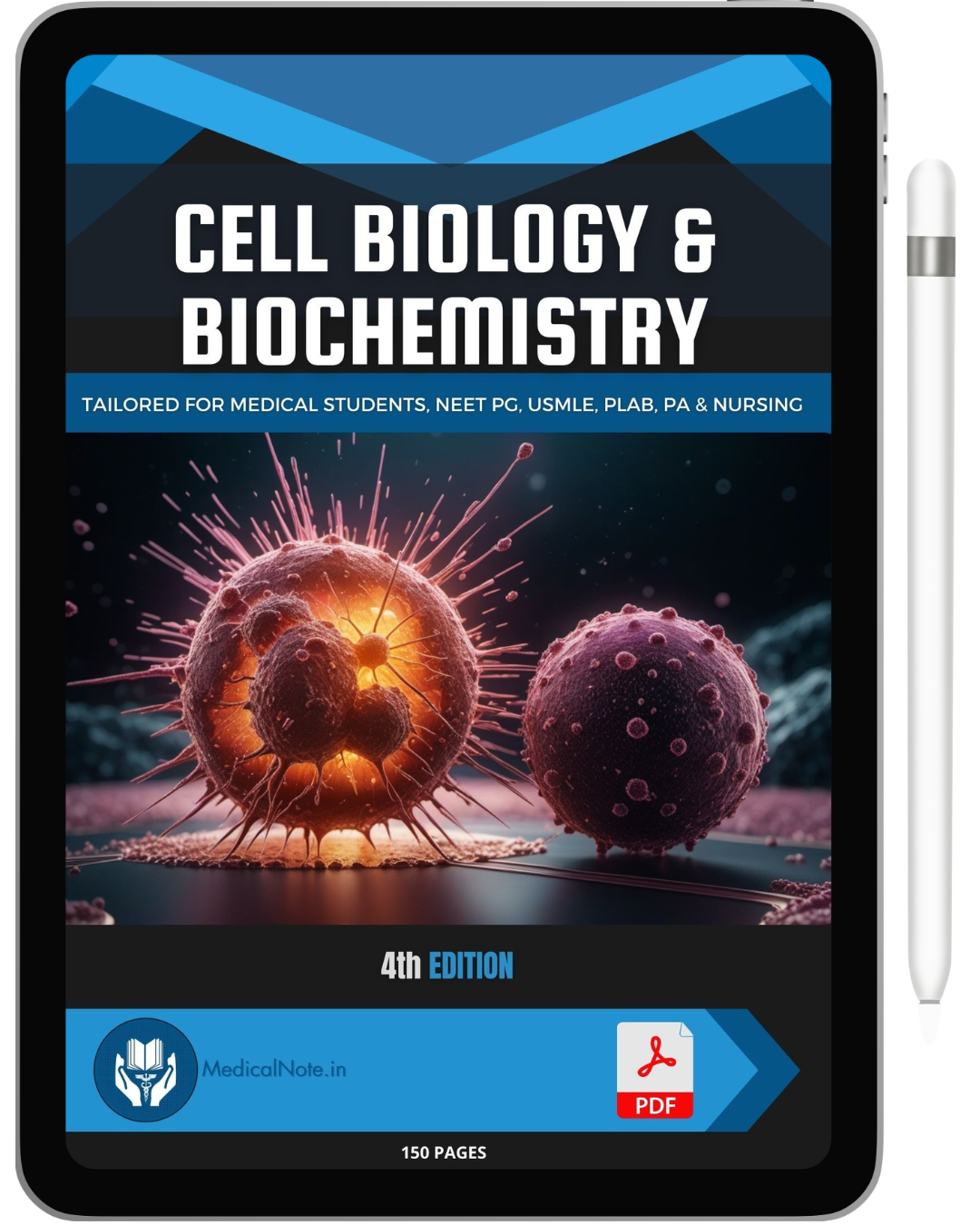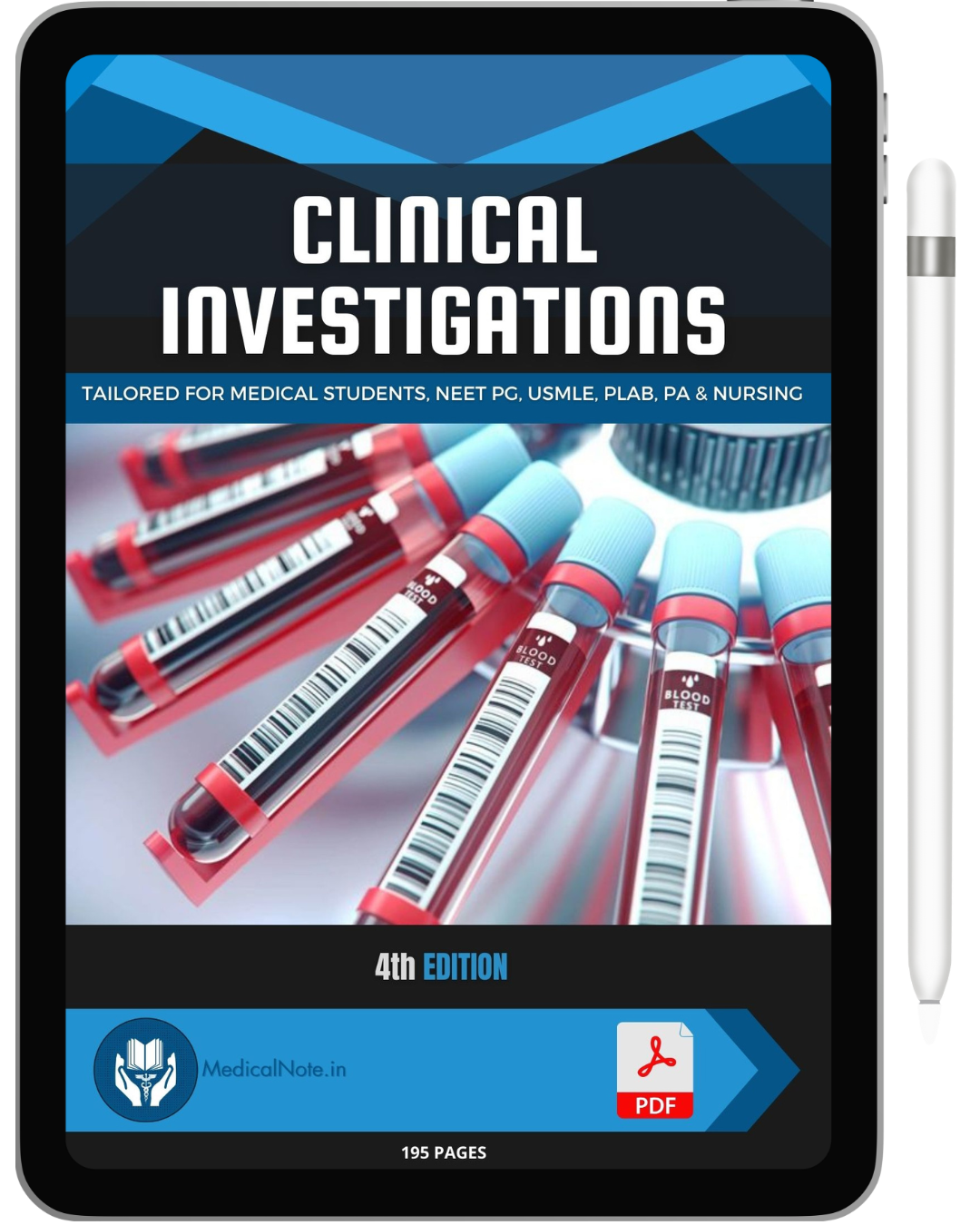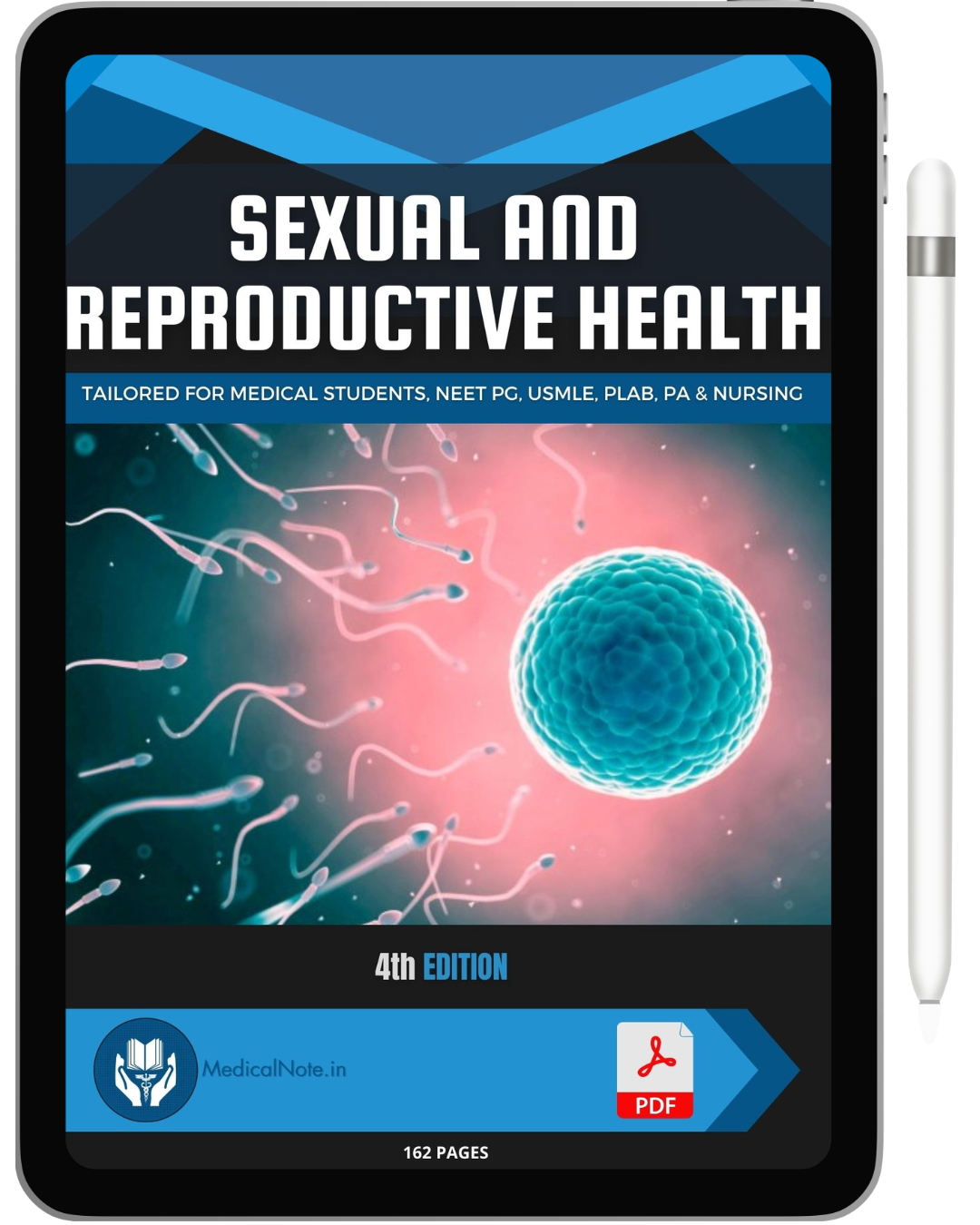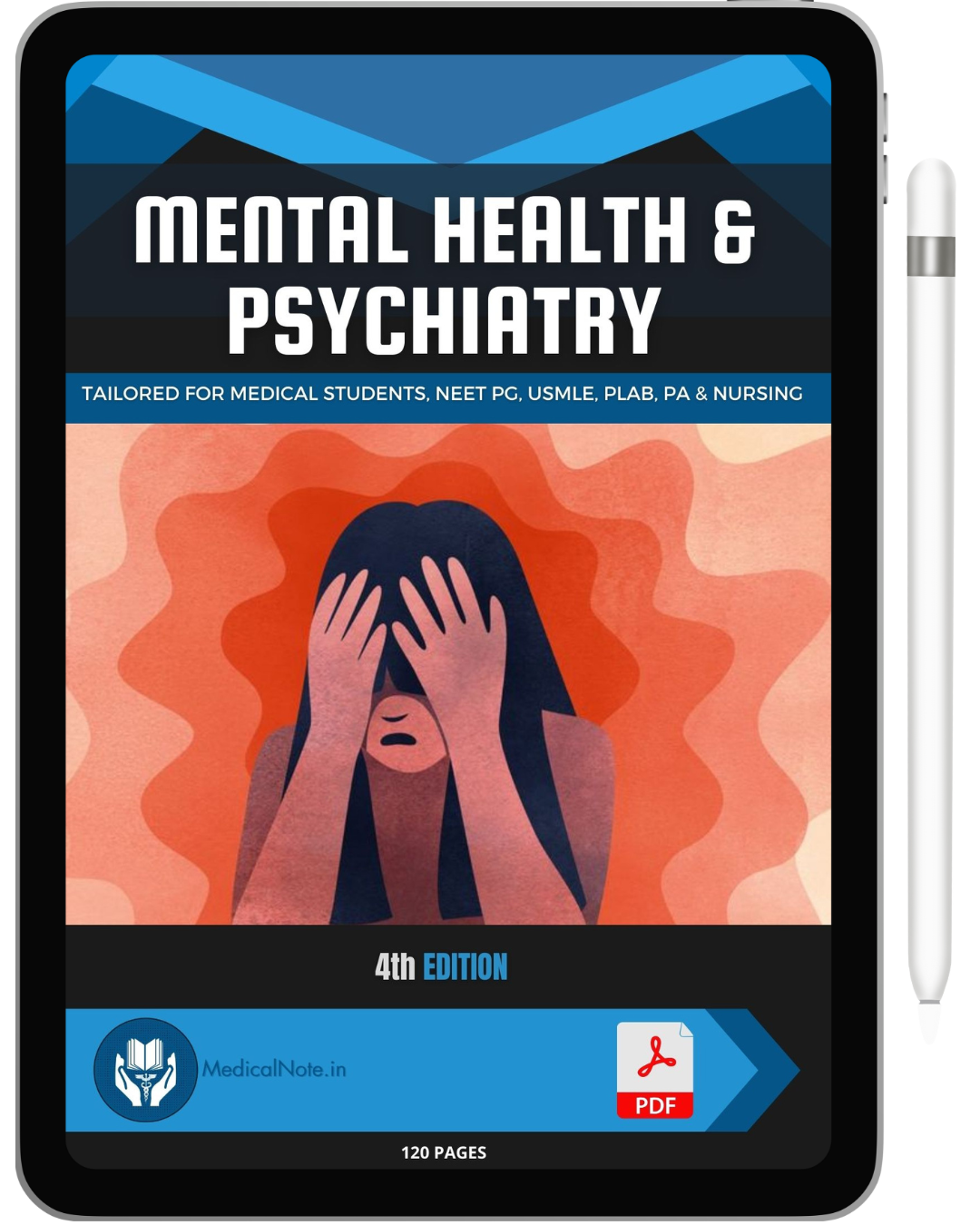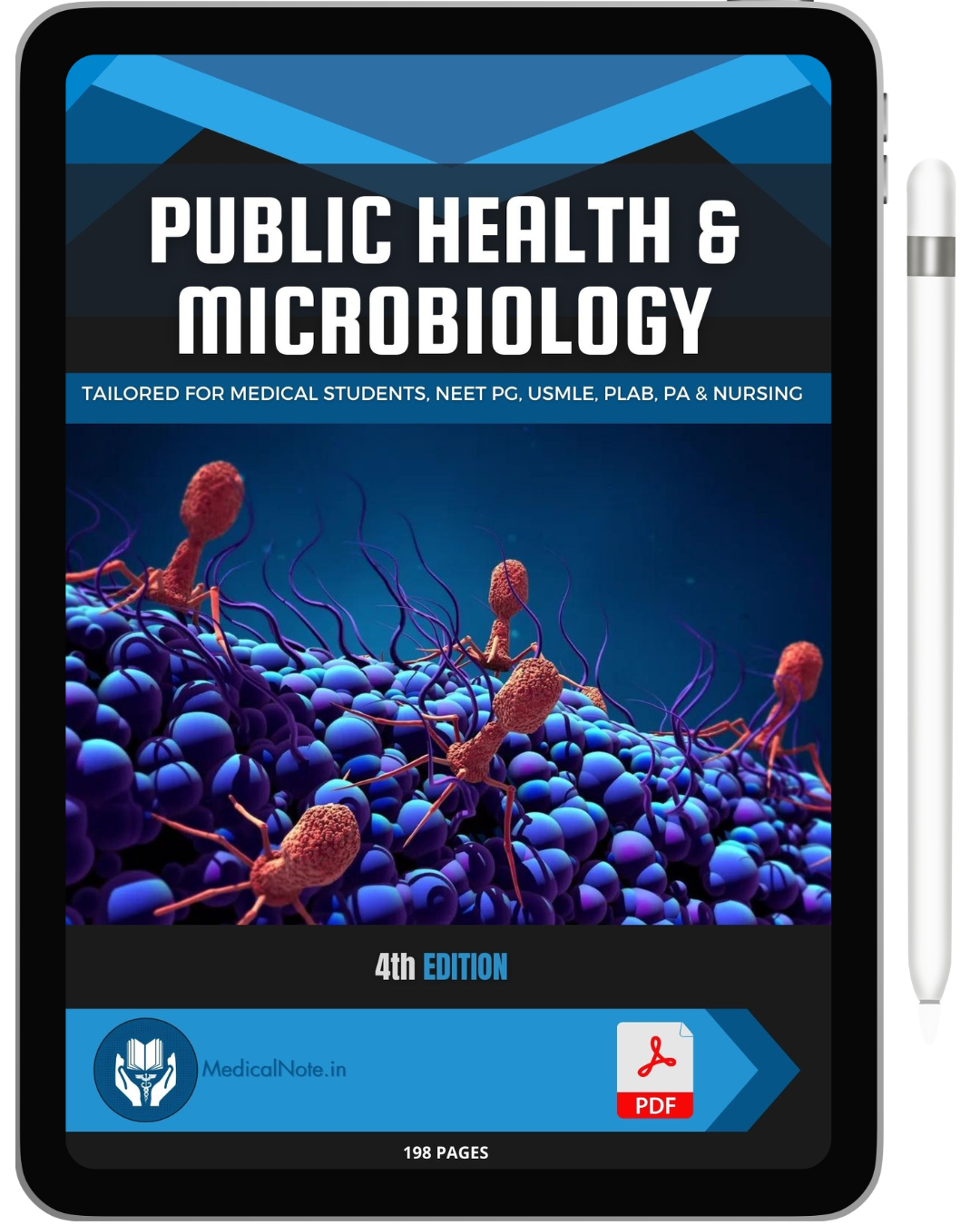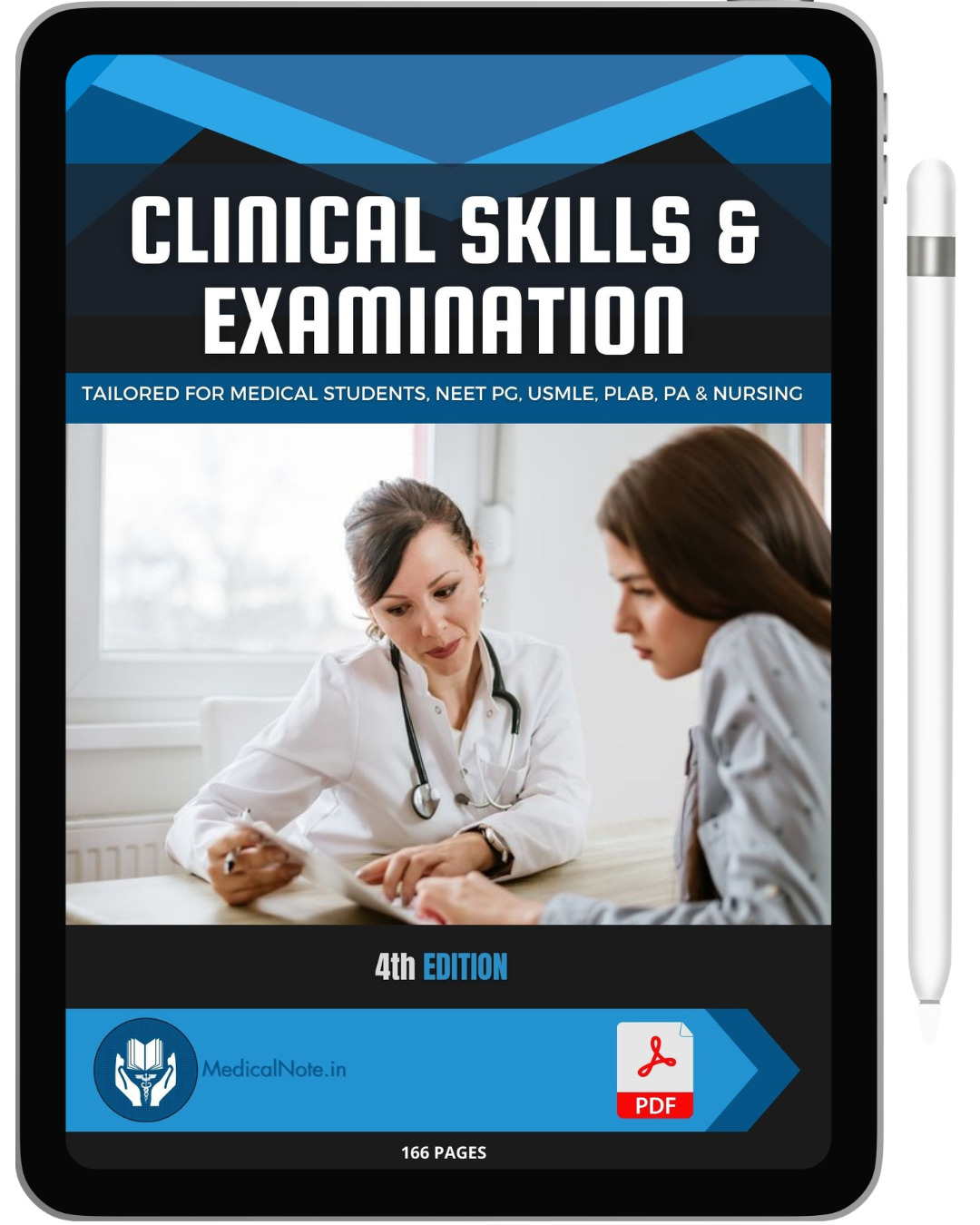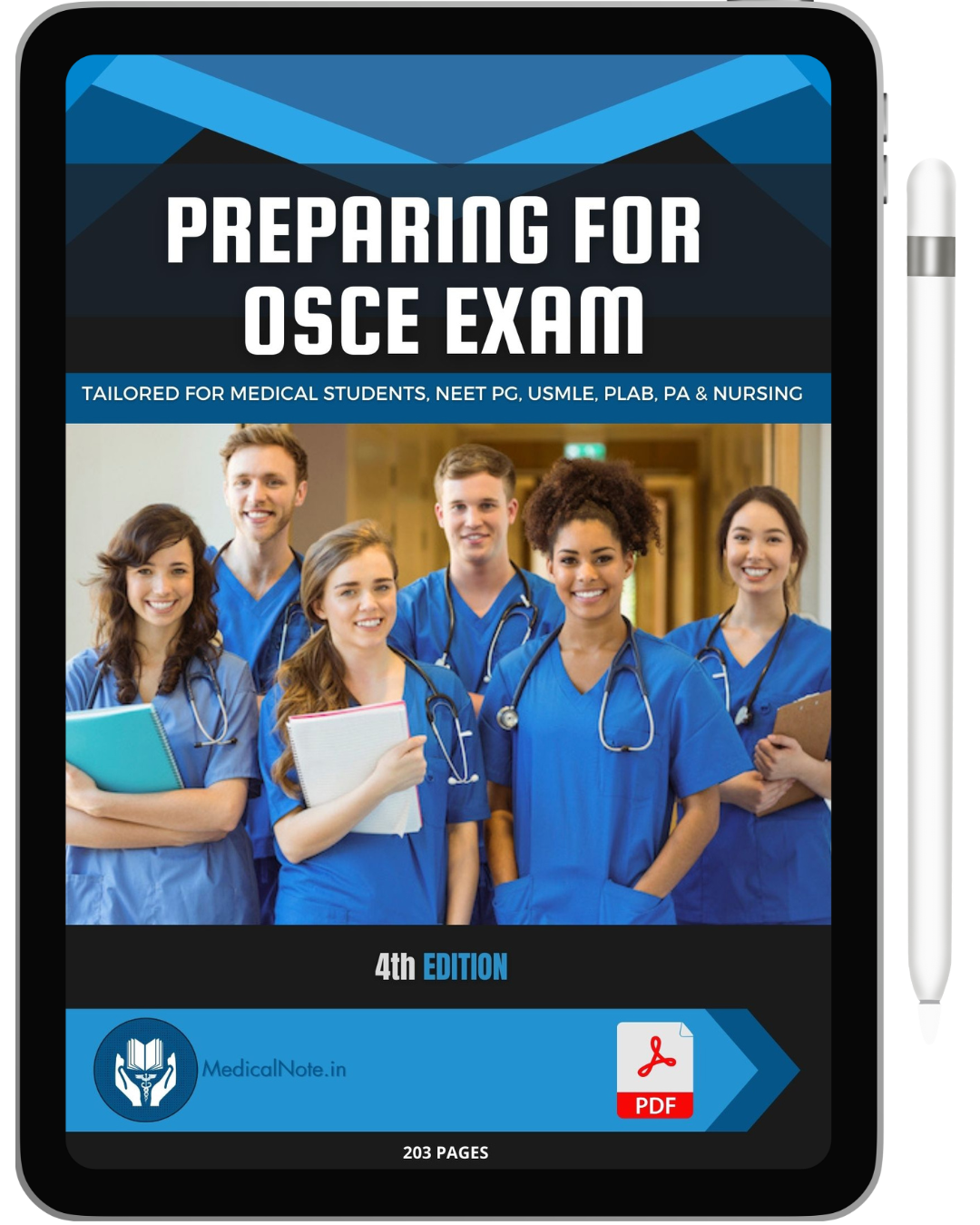The cardiac cycle is a fundamental concept in cardiology, describing the sequence of events that occur during one complete heartbeat. Understanding the cardiac cycle is crucial for comprehending how the heart pumps blood effectively. In this blog post, we will explore the phases of the cardiac cycle, including systole and diastole, and the mechanisms that drive the heart's pumping action.
The cardiac cycle is a continuous and intricate process essential for effective blood circulation. Understanding the phases of the cardiac cycle helps in diagnosing and treating various cardiac conditions. Medical students and professionals must have a thorough knowledge of this cycle to ensure proper cardiovascular health management.
Phases of the Cardiac Cycle: The cardiac cycle consists of two main phases:
- Systole: This is the phase of contraction, where the heart muscles contract to pump blood out of the chambers.
- Diastole: This is the phase of relaxation, where the heart muscles relax and the chambers fill with blood.
Atrial and Ventricular Systole:
- Atrial Systole: During this phase, the atria contract, pushing blood into the ventricles. This occurs towards the end of ventricular diastole.
- Ventricular Systole: This phase follows atrial systole. The ventricles contract, forcing blood into the pulmonary artery and aorta. Ventricular systole can be further divided into isovolumetric contraction and ventricular ejection phases.
Atrial and Ventricular Diastole:
- Atrial Diastole: The atria relax and fill with blood from the veins.
- Ventricular Diastole: This phase involves the ventricles relaxing and filling with blood from the atria. It can be divided into isovolumetric relaxation and ventricular filling phases.
Heart Sounds: The cardiac cycle is associated with two main heart sounds:
- First Heart Sound (S1): This sound occurs at the beginning of ventricular systole, caused by the closure of the atrioventricular (AV) valves (mitral and tricuspid valves).
- Second Heart Sound (S2): This sound occurs at the beginning of ventricular diastole, caused by the closure of the semilunar valves (aortic and pulmonary valves).
The cardiac cycle is a continuous and intricate process essential for effective blood circulation. Understanding the phases of the cardiac cycle helps in diagnosing and treating various cardiac conditions. Medical students and professionals must have a thorough knowledge of this cycle to ensure proper cardiovascular health management.


